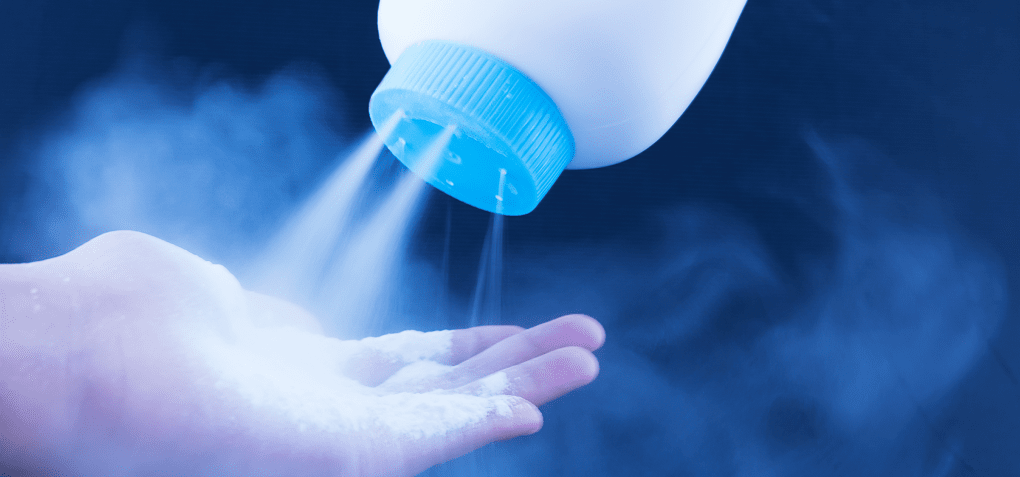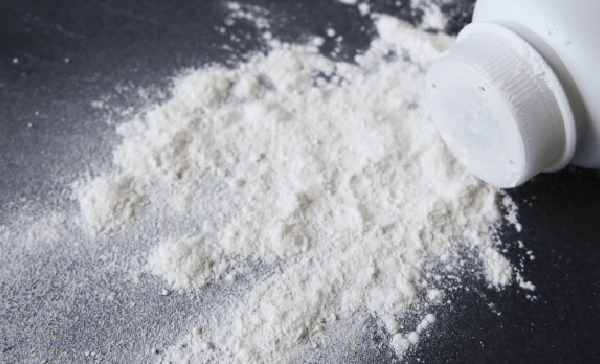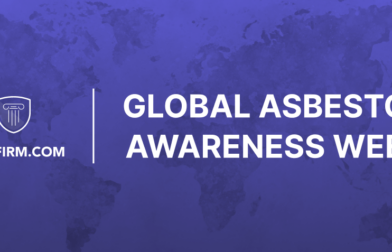What to Know About Your Risk of Developing Ovarian Cancer

Ovarian cancer is usually a fatal condition unless it is caught early. If treatment begins when the cancer is still in its early stages, survival rates are very high. Unfortunately, most cases of ovarian cancer are diagnosed in their later stages. It’s important to learn about ovarian cancer risk factors and receive regular screenings to increase your chances of survival.
Ovarian Cancer Statistics
Ovarian cancer is the fifth leading cause of cancer deaths among women.
The American Cancer Society estimates that more than 22,000 women will receive an ovarian cancer diagnosis this year, and around 13,980 women will die from it.
The probability that a woman will develop ovarian cancer at some point during her life is about 1 in 78. A woman’s risk of dying from the disease is about 1 in 108.
Ovarian cancer rates have been decreasing over the last 20 years. Still, women should understand their personal risk factors and get screened regularly. Ovarian cancer is hard to treat, especially when caught in the later stages. Receiving an early diagnosis can save your life. Unfortunately, only 20% of cases are caught early on.
When ovarian cancer is found early, about 94% of women live longer than 5 years following their diagnosis.
5 Ovarian Cancer Risk Factors
Certain biological and lifestyle factors can increase your risk of ovarian cancer. It’s important to be aware of these risk factors so that you can detect ovarian cancer symptoms early.
1. Obesity
Women with a body mass index (BMI) of 30 or more may have a higher risk of ovarian cancer. A high BMI may also reduce the survival rates of women who already have ovarian cancer.
2. Having Children Later
Women who have never had a full-term pregnancy are at a higher risk of developing ovarian cancer. Women also face a higher risk if their first pregnancy occurs after the age of 35.
3. Age
Ovarian cancer is more likely to affect older women. Half of all women diagnosed with ovarian cancer are over the age of 63. Although ovarian cancer is rare among women under 40, young women are not free from risk. Women under 45 make up about 12% of all ovarian cancer cases.
4. Family History
Family history also plays a role in ovarian cancer risk. If your sister, mother, or daughter has had ovarian cancer, you have a higher risk of developing it as well.
The more relatives you have with a history of ovarian cancer, the higher your risk. A family history of other types of cancer — such as breast cancer or colon cancer — can also increase your risk of ovarian cancer.
5. Talcum Powder Use
One of the lesser-known ovarian cancer risk factors, talcum powder use has also been linked to developing the disease.
Several studies have reviewed this connection. While the findings have been mixed, some researchers have found an increased risk of ovarian cancer in women who use talcum powder regularly. Research in this area continues, but women should stay on the safe side and avoid using talcum powder.
Getting Screened for Ovarian Cancer
Currently, there are no conclusive screening tests for ovarian cancer as there are for other cancers. The Pap test, for example, is only used for detecting cervical cancer. Pap tests usually do not detect ovarian cancer, especially at early stages.
You can detect ovarian cancer early by being aware of your own ovarian cancer risk factors, monitoring yourself for symptoms and going for regular pelvic exams.
Doctors perform pelvic exams to find tumors and other problems associated with the reproductive system. Unfortunately, ovarian tumors can be difficult to detect.
Limited Ovarian Cancer Tests
Doctors may recommend screening tests to women who are at a high risk of developing ovarian cancer.
A transvaginal ultrasound (TVUS) can detect tumors in the ovaries but can’t tell whether they are cancerous. The CA-125 blood test may be useful for measuring treatment success in women who have already been diagnosed with ovarian cancer. However, the blood test isn’t very useful as an ovarian cancer screening test.
Talcum Powder and Ovarian Cancer
Many women have been diagnosed with ovarian cancer after using talcum powder in the past. Although talc was marketed as a safe product for women and children, it has now been linked to an increased risk of ovarian cancer.
Countless women have used talc since early childhood and well into their adult lives. Now, these women could be at risk of developing cancer.
If you have used talcum powder throughout your life and have since been diagnosed with ovarian cancer, you may have legal options. Contact our team today for a free legal case review.
Sources:
American Cancer Society. “Cancer of the Ovary – Cancer Stat Facts.” (n.d.). Retrieved from https://seer.cancer.gov/statfacts/html/ovary.html
American Cancer Society. “How to Check for Ovarian Cancer: Ovarian Cancer Screening.” (2018, April 11). Retrieved from https://www.cancer.org/cancer/ovarian-cancer/detection-diagnosis-staging/detection.html
American Cancer Society. “Ovarian Cancer Risk Factors.” (2018, April 11). Retrieved from https://www.cancer.org/cancer/ovarian-cancer/causes-risks-prevention/risk-factors.html
American Cancer Society. “Ovarian Cancer Statistics: How Common is Ovarian Cancer.” (2019, January 8). Retrieved from https://www.cancer.org/cancer/ovarian-cancer/about/key-statistics.html
Fact-Checked and Legally Reviewed by: LawFirm.com
LawFirm.com makes it easier to take legal action. We have information, lawsuit guides, and breaking news about drugs, products, and other issues that could affect you.



